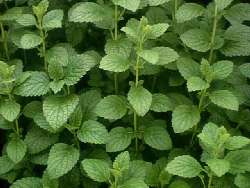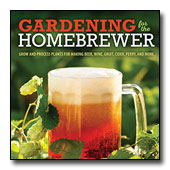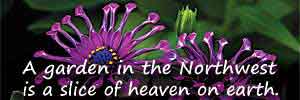Melissa officinalis
LEMON BALM
Family: Lamiaceae
Quick Jumps
Growing Guide
Rainy Side Notes
GROWING GUIDE

Origin:
Southern Europe.
Plant Group:
Perennial.
Hardiness:
Sunset zones: All (western)
USDA zones: 3-8
Mature size:
Height: 2-4 feet (60-120 cm).
Width: 12-18 inches (30-45 cm).
Flowering period:
Summer.
Flowering attributes:
Insignificant white flowers.
Leaf attributes:
Aromatic, wrinkly ovate light green leaves with a lemon scent.
Growth habit:
Bushy.
Light:
Full sun.
Soil:
Poor, well-drained soil.
Feeding:
Do not fertilize.
Propagation Methods:
Sow seed in spring 68°F (20°C).
Divide in spring or autumn.
Pruning Methods:
Cut back after flowering to prevent from going to seed.
Rainy Side Notes
Should We Risk Growing Lemon Balm?
Melissa officinalis, a perennial herb has a distinct lemon fragrance when leaves are crushed or bruised. I grow one plant as it provides plenty of leaves for teas, and use in cooking. Use leaves in potpourris and sachet for its lemony scent. Sometimes in the evening, I will pick leaves and rub on skin and clothing for a quick mosquito repellent. The repellent works for about an hour and then I must do the process over again. This works for me but does not seem to work as a repellent for some people.
I have mixed emotions about lemon balm. Growing this herb for years, this year I learned lemon balm is becoming a serious pest in the Northwest. It reseeds itself abundantly and in some cases displacing native plants. If you must grow it, please grow with vigilance to keep it from reseeding and becoming a pest in the environment. I am not encouraging or discouraging you from growing it. I am asking that if you must grow it, cut it down to the ground when it sets its flower buds. You can harvest the leaves at that time to dry it for your purposes. By cutting it back to the ground, you will also save yourself the headache of having to pull seedlings of lemon balm for the next few years just from one year's worth of seeds. The second year after planting lemon balm, I learned this lesson of keeping the plant from setting seed. It resumes growth quite quickly after cutting, so you can continue to harvest the leaves until frost cuts it to the ground.
For drying, I cut the stems, rinse in the sink, and pat dry. Then bundle in groups of 5 to 6 stems and hang upside down on a drying rack. A dry garage or dark room in the house works for drying the herb. When it's fully dry, strip the leaves off the stems saving for use in teas, cooking, sachets or potpourris. I enjoy working with this herb during all parts of the preparation from drying to stripping the leaves after it dries. Working with the lemony scent is very refreshing.
I use the herb to flavor fish and chicken. For fresh use, I throw a handful of the herb on top of the fish. Dried herbs concentrate more oils so use sparingly as with any dried herb. I also enjoy a tea flavored with honey on a crisp autumn evening.
If you must grow this herb, please remember to use caution so we do not add to the problem of more pests in our environment. When it's time for you to move, dig up the lemon balm and transplant it in your new home. A new owner or renter of your house may not know about keeping it from setting seed. We can grow lemon balm responsibly and have a great little plant without it becoming a problem for the Northwest.
Photographed in author's garden.

Gardening for the Homebrewer: Grow and Process Plants for Making Beer, Wine, Gruit, Cider, Perry, and More
By co-authors Debbie Teashon (Rainy Side Gardeners) and Wendy Tweton
Copyright Notice | Home | Search | Herbs

